Be Prepared Before You Go RVing To Alaska
Driving to Alaska is a bucket list goal for many RVers. You can experience gorgeous scenery and vast stretches of untamed wilderness.
If you plan to drive all the way to Alaska, you’ll have to cut through Canada via the Alaska Highway. This country also has plenty of adventures and unique experiences to offer.
With a bit of preparation, anyone can have a wonderful time driving to Alaska. You just need to know what to expect from this long trip through unfamiliar territory. If you take the proper precautions, you’ll have a wonderful, safe trip and come home with plenty of stories. So, what do you need to know before you start your journey?
Prepare for border crossings
The first hurdle you’ll need to overcome is the border crossings. If you want to go all the way to Alaska and back, you’ll need to be prepared to deal with both US Customs and Canada Border Services. Fortunately, it’s pretty easy to cross between Canada and America, and the process has been thoroughly smoothed out over the years.
The first thing you’ll need is valid passports for all of your passengers. Additional photo ID is helpful, so it’s better to be safe than sorry when you’re getting ready to go through a border checkpoint. You’ll also need to bring some documentation for any pets that you bring along. Medical records and proof of ownership are some examples.
In addition, there may be specific restrictions or rules depending on where you enter and what time of year you go. COVID-19 caused many border restrictions around the world, and Canada was no exception. Although most of these regulations have now been lifted, it’s a good idea to look ahead and bring your vaccine card/negative COVID test before you arrive.
There may also be restricted hours at some of the more remote border crossings. Research the route you plan to take and try to arrive at the checkpoint during the daytime. You may need to get special licenses or fill out paperwork if you want to transport firearms across the border as well.
Follow the border guards’ directions and be honest if they ask you about the type of cargo you’re carrying. Some items like fruit may need to be surrendered, but usually you’ll be able to pass through without any issues.
For more specific details about the border rules and restrictions for Canada, visit travel.gc.ca. This resource will also provide up-to-date information about updates and changes to their routine.
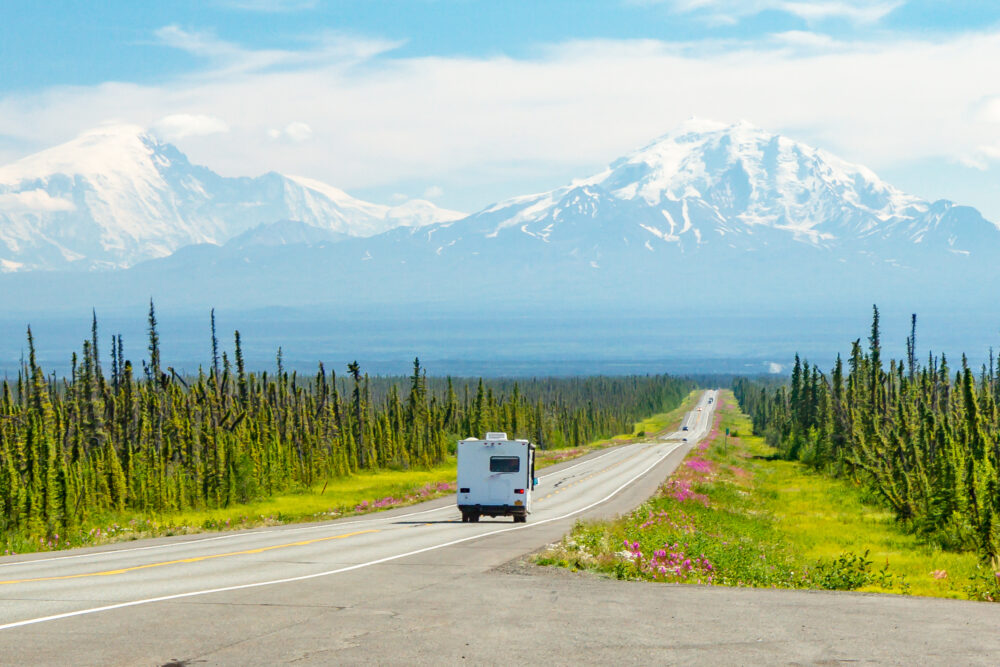
Money transfers
Money is another thing that’s a bit different in Canada. Most places will be able to accept American cash, but you might end up paying a bit more for the inconvenience.
Debit and credit cards are a pretty safe bet no matter where you go. Just make sure you contact your bank so they don’t cancel your card once they see it being used in another country! ATMs are also easily accessible if you need to get some local currency. Once again, you may be charged for this though, so just be prepared for the possibility.
Plan your trip with RV LIFE Pro & The Milepost
In order to avoid some of the struggles that come from driving to Alaska, you should use an RV trip planner like RV LIFE Trip Wizard. This will help you calculate distances, locate campgrounds and gas stations, and avoid roads that are unsuitable for your vehicle. Traveling in an RV is a bit different than using a standard car, so you’ll need to plan accordingly and choose routes that are safe for you.
It is also important to have a copy of the most recent Milepost. This guide includes complete maps of the state, as well as everything you need to know about the various services available along the way.
Watch out for winter weather
Driving to Alaska is a dream, but driving through a Canadian snowstorm is a nightmare. You can technically travel through this country during any season of the year, but it’s better if you shoot for the warmer seasons. Even spring and fall can be a bit chilly once you get far enough north, so bring plenty of warm clothes.
Keep an eye on the weather forecast and road conditions as well. Some roads might be closed off due to severe weather. Have some backup routes in mind in case this happens, or just hunker down in a campground for a few days until the worst of it blows over.
Prepare your emergency gear
The road to Alaska cuts through a lot of open country. Once you get into the more remote areas, you may lose cell phone service. This isn’t usually a big problem if you have maps and routes planned out. But if you happen to experience a breakdown or another emergency, it can take a long time for help to arrive.
Therefore, you should make sure that you have plenty of emergency supplies in your RV if you’re driving to Alaska. Refresh your 72-hour kit before you head out and bring a set of tools, jumper cables, a first-aid kit, and anything else that you might need if you get stuck for a day or more.
Keep a supply of non-perishable food in your pantry as well. If your refrigerator stops working, you need to make sure you still have plenty to eat. Help will usually be able to arrive before things get too bad, but it never hurts to be prepared for the worst.
Top off on fuel and water whenever you can
Another issue that RVers sometimes run into is the matter of finding gas stations. Canada has plenty of large cities and towns, but there are also huge stretches of open land without any sign of civilization. You don’t want to run out of gas in one of these areas.
To stay on the safe side, it’s a good idea to top off your gas tank anytime you get the chance. Keep a spare can of fuel in the RV as well, just in case you run out in the middle of nowhere.
The same thing goes for fresh water! Lots of RV campgrounds provide water hookups, but it’s not always a guarantee. Keep your water tanks topped off, especially if you plan on boondocking for awhile.
Consider renting an RV instead
Driving to Alaska isn’t the only way to experience this beautiful state. If all of this sounds like too much work, you can always fly in to Alaska and rent an RV once you arrive!
There are plenty of tourist services and lots of places to rent a car or RV. Get Lost Travel Vans, located in Anchorage, provides comfortable camper van rentals that you can easily take on your great Alaskan adventure.
Related articles:
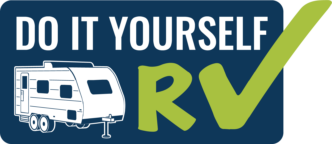
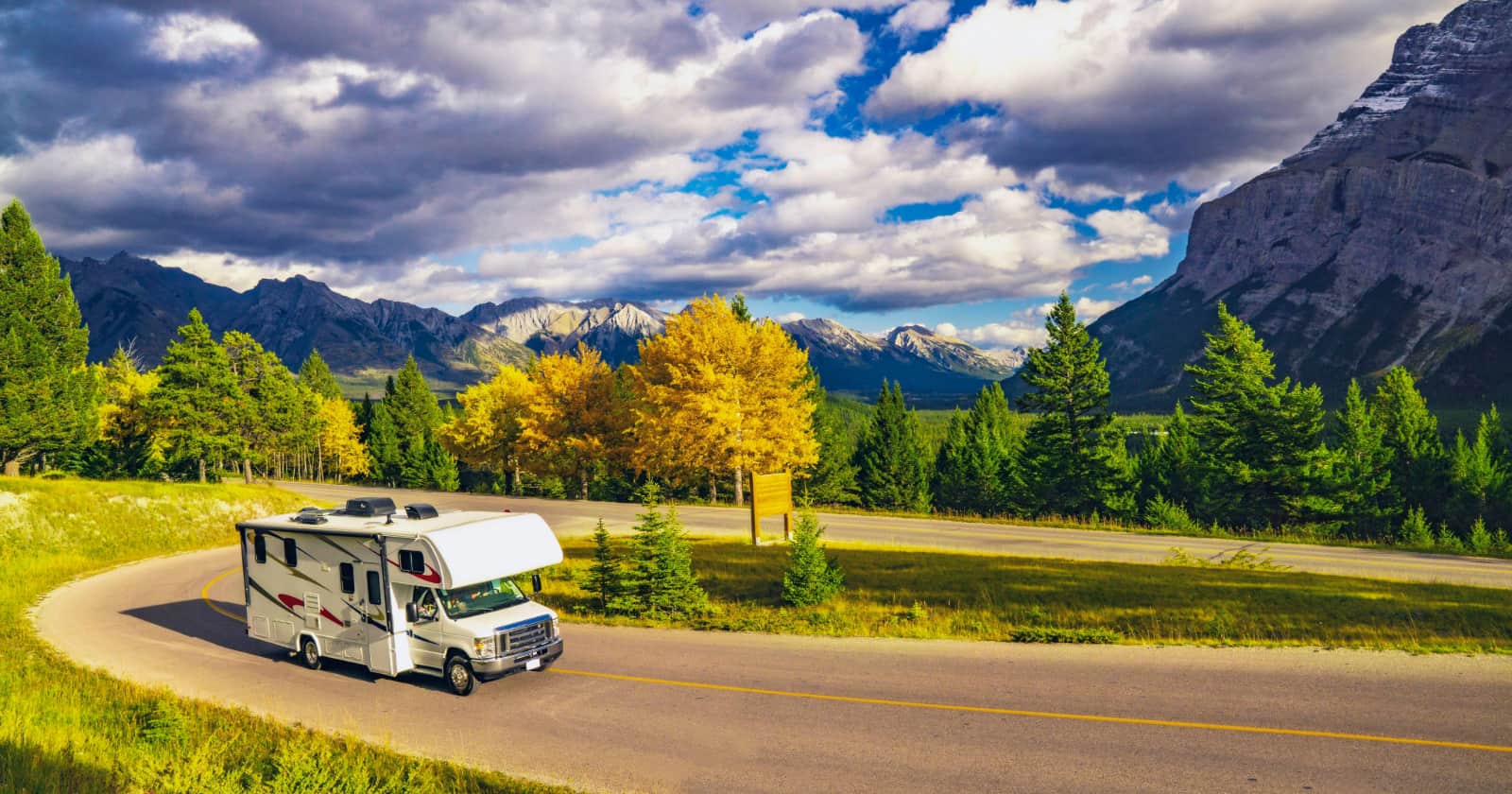
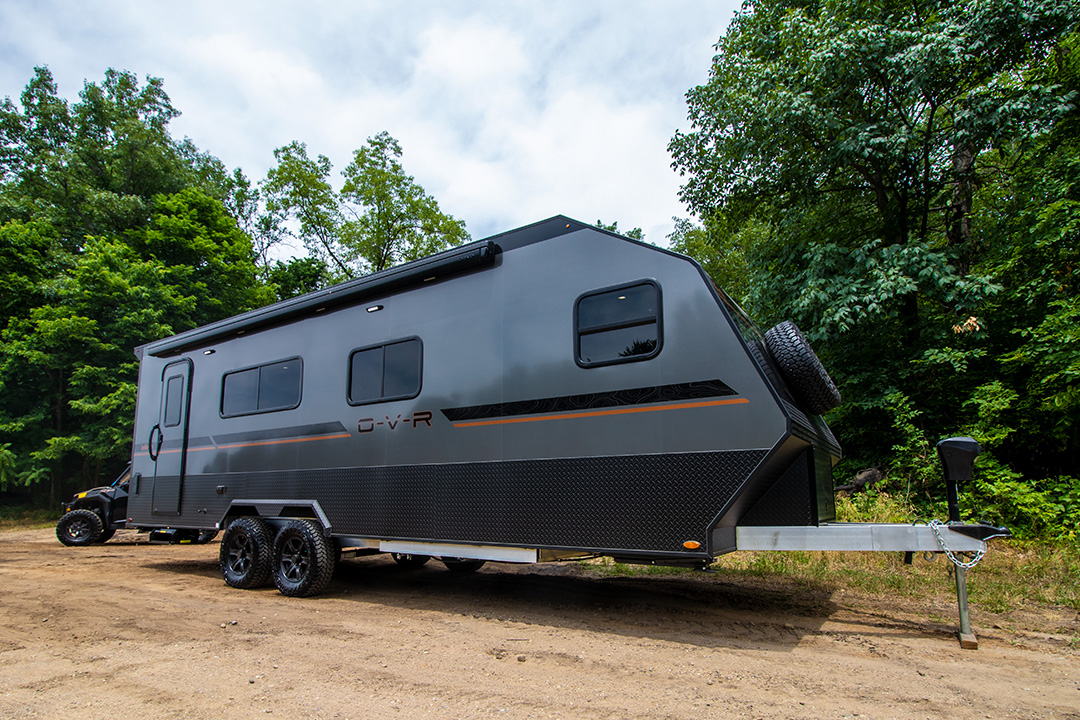
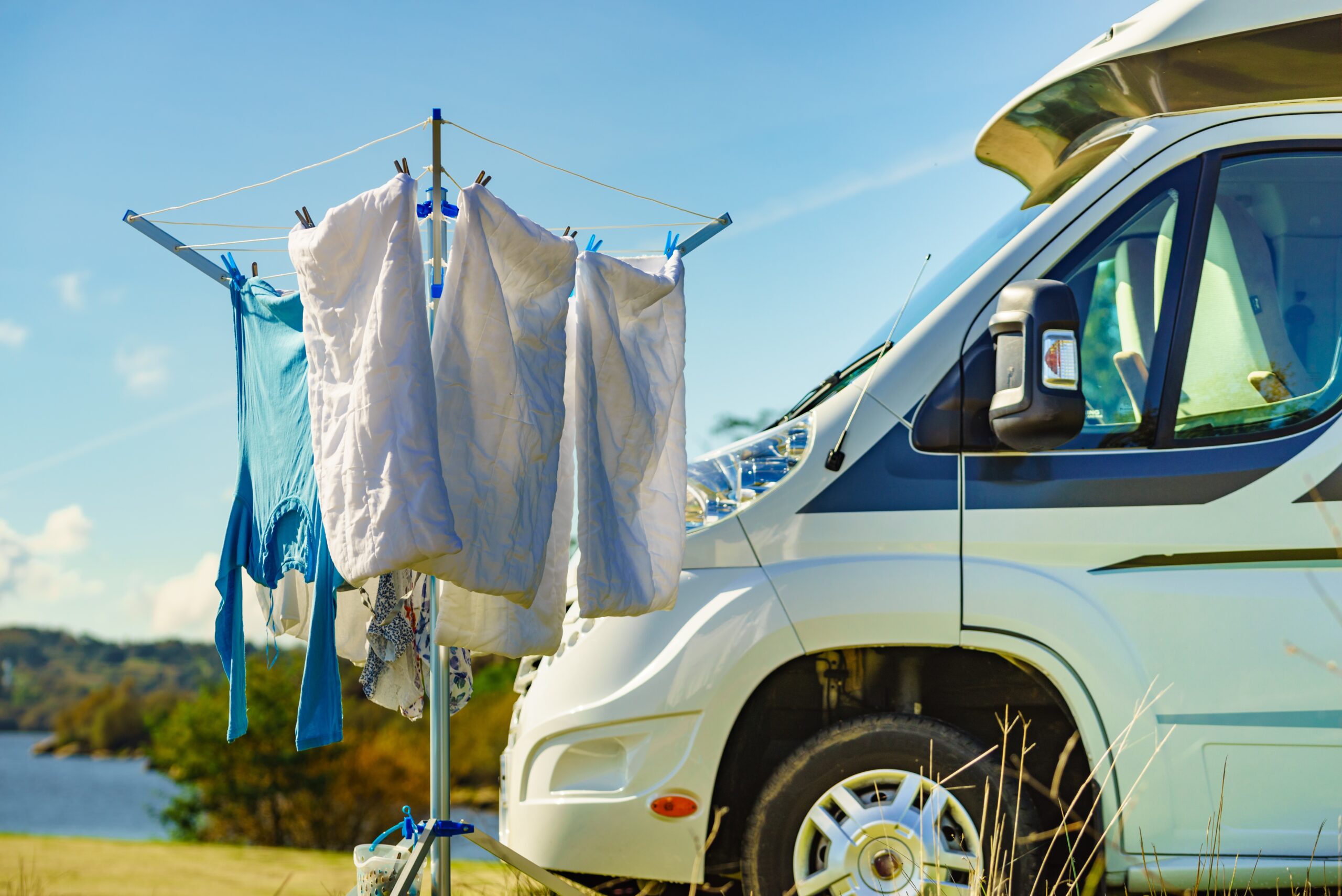
The above lacks some information. Whatever you heard or read about highway conditions in Canada and Alaska is probably wrong. It is dynamic and often changing. Where there had been frost heaves could now be smooth road and vice versa. About 20 years ago we were a caravan of two couples, they with a pickup and us with a class A motorhome. We communicated with CB radios. There are many interesting stops along the way in Canada. Be curious and stop. Going home we took a different route, the Cassier Highway. About halfway down the road had collapsed and closed. Plan B, back to the AlCan. Get hats that include mosquito netting to protect face and neck. A shelter with netting sidewalls to place over a picnic table is wonderful for a bug-free meal. Canadian fuel is twice as high and prices vary greatly between stations. Research. Now that they have retired, I hope someone else has reopened MukLuk Annies Restaurant and campground in Teslin, Yukon Territory, It was a must stop for a very good, affordable, meal. Start studying the Milepost weeks in advance.
1. Decrease your vehicle insurance deductible amount to cover a windshield replacement.
2. Install wire mesh headlight stone guards.
3. Install a protection screen in front of the radiator, behind the grill.
4. Take a short shovel, a 36″ farm jack + 3ea, 4 foot long 2×10’s, 1 as a base plate for the jack and the others to slide under the wheel(s) after refilling the gravel that was in the hole. Repeat for the opposite side.
5. Take good binoculars.
6. Take 2 spare tires.
7. Take water resistant clothing and shoes/boots w wool socks.
8. Don’t drive at night, the animals are big and can do a lot of damage to your vehicle.
9. Check for Aurora Borealis place and time, decide if you want to go that far north.
10. Check Cariboo migration time and place
11. Take a gold pan
The free ferry bypass is about $7,000 one way. It is paramount to have your coach in tip top physical readiness for the trip.
My two cents – having driven the Al-Can Hwy, I would not take a trailer (5th or bumper pull). There are several sections of very rough road (due to frost heaves), and when you get to a town/city/tourist spot, parking is usually limited. My recommendation is either a truck camper, or a motorized RV.
As a Canadain and having driven many times the ALCan Higway a few pointers-
Health insurance- our system up here is way different than what you folks deal with and the terms of use will also be different. We have a one payee system ( the Provinces) with differences between each province- Get extra insurance per person for travels outside the USA. I went to my late Aunt’s service just across the border in Bellingham Washington awhile back and I bought extra health insurance for 2 days travel just in case. my Canadian health care might not cover all the added costs-I got that million dollar 2 day policy for under 25.00 Canadian-just in case.
AAA towing- the article mentions lost of distances- get extra towing and repair coverage from your local office. When a bunch of us went North from the Vancouver area I got 200km towing added to my normal 50 km coverage for less than 15.00. this trip was to the Arctic Ocean well past the Yukon Territory
RV plus they call it.
Money- you can use most of what ever bank cards you have in Canada-anything with the Interact logo or Visa / Master card.
you will get exchange dollar for dollar but Canadian funds back to you-World bank rules means you should not expect US dollars back while in another Country.
Canada does not have 1 cent pennies- they realized that it was costing 3 cents to produce a 1 cent coin. why not get rid of it.
Our dollar bill is a coin called a loonie- Queen on one side and a Northern loon on the other. the 2 dollar coin is of course a “toonie”
paper money is now a mix of high end long lasting poly /plastic which last fore ever unlike our old paper
WI Fi and distances cause havoc-ask your supplier for packages outside of the USA. Bring your cameras as you will need every bit of the chips for scenery.
lastly, firearms of any style or type are not needed nor welcome. Leave them at home or Fed Ex them to an office in Alaska but the reverse coming home. Canada Customs/ border services are not nice when it comes to dealing with non declared fire arms. You and family will enjoy the visit and drive. wildlife will be everywhere for viewing, photo shooting etc.Forgot- distances are in kilometers not miles so is temparature 15 degrees Celcius is actually 65 ish( and add 32) double the temp you hear
I believe there is a way to bypass canada. You can take a ferry around. Its about a 3 day trip if I remember correctly. You don’t have to deal with all the rules and regulations.
Did this trip in 2019. Loved Alaska.Go through Alberta via Highway 43 ; going via Grande Cache has steeper grades. It’s all paved as you go, but frost heaves get worse as you go. Watch for them, they’re hard on everything! Watch out for buffalo and moose.